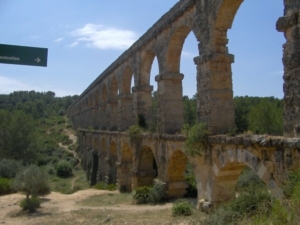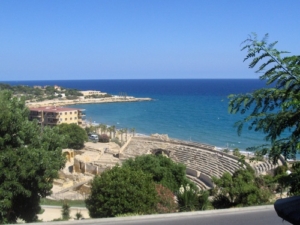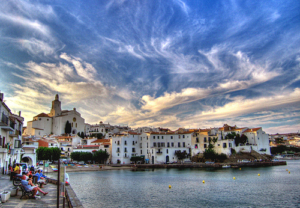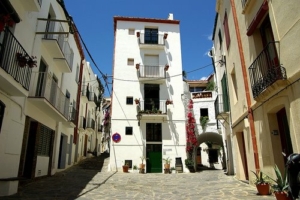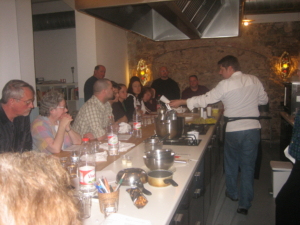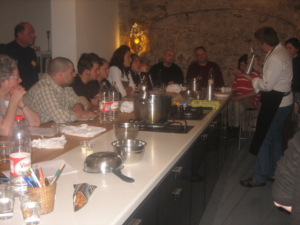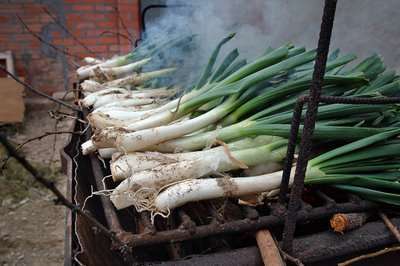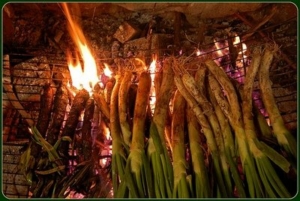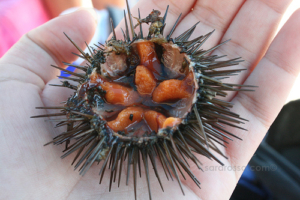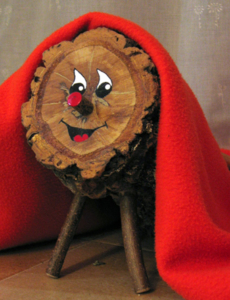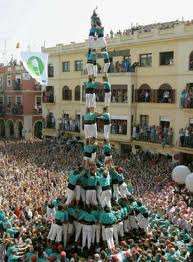 One of the most entertaining things to watch at the town festivals going on all over Catalonia, Spain, from May to October are the castellers, or human castle builders, at work. A tradition since groups around Tarragona started it in the 1800s, teams of castellers from all over Catalonia participate in competitions to see how fast, how tall or how big they can make their castles. Their size ranges from the most common—about 6-8 stories tall—to even more suspenseful heights and sizes in which daredevil athletes risk a dangerous collapse.
One of the most entertaining things to watch at the town festivals going on all over Catalonia, Spain, from May to October are the castellers, or human castle builders, at work. A tradition since groups around Tarragona started it in the 1800s, teams of castellers from all over Catalonia participate in competitions to see how fast, how tall or how big they can make their castles. Their size ranges from the most common—about 6-8 stories tall—to even more suspenseful heights and sizes in which daredevil athletes risk a dangerous collapse.
Who needs bulls running in the streets when these strapping Catalans can flex their macho muscles without them?As devoted admirerers of this local tradition, we always take our guests to see them, if available, during our private Food Wine & Cultural Tours

